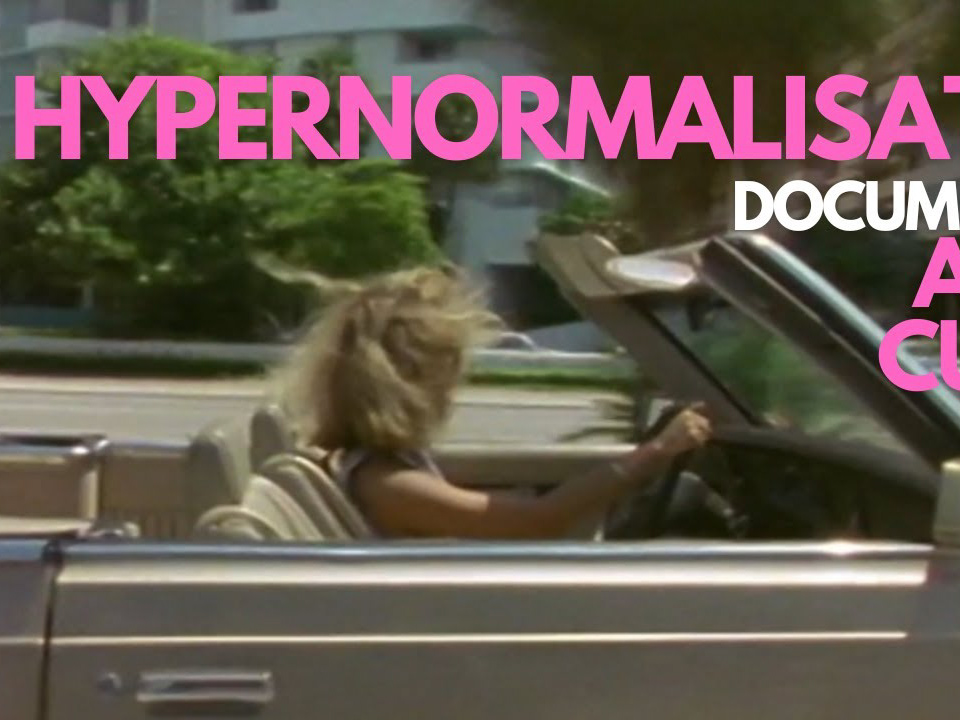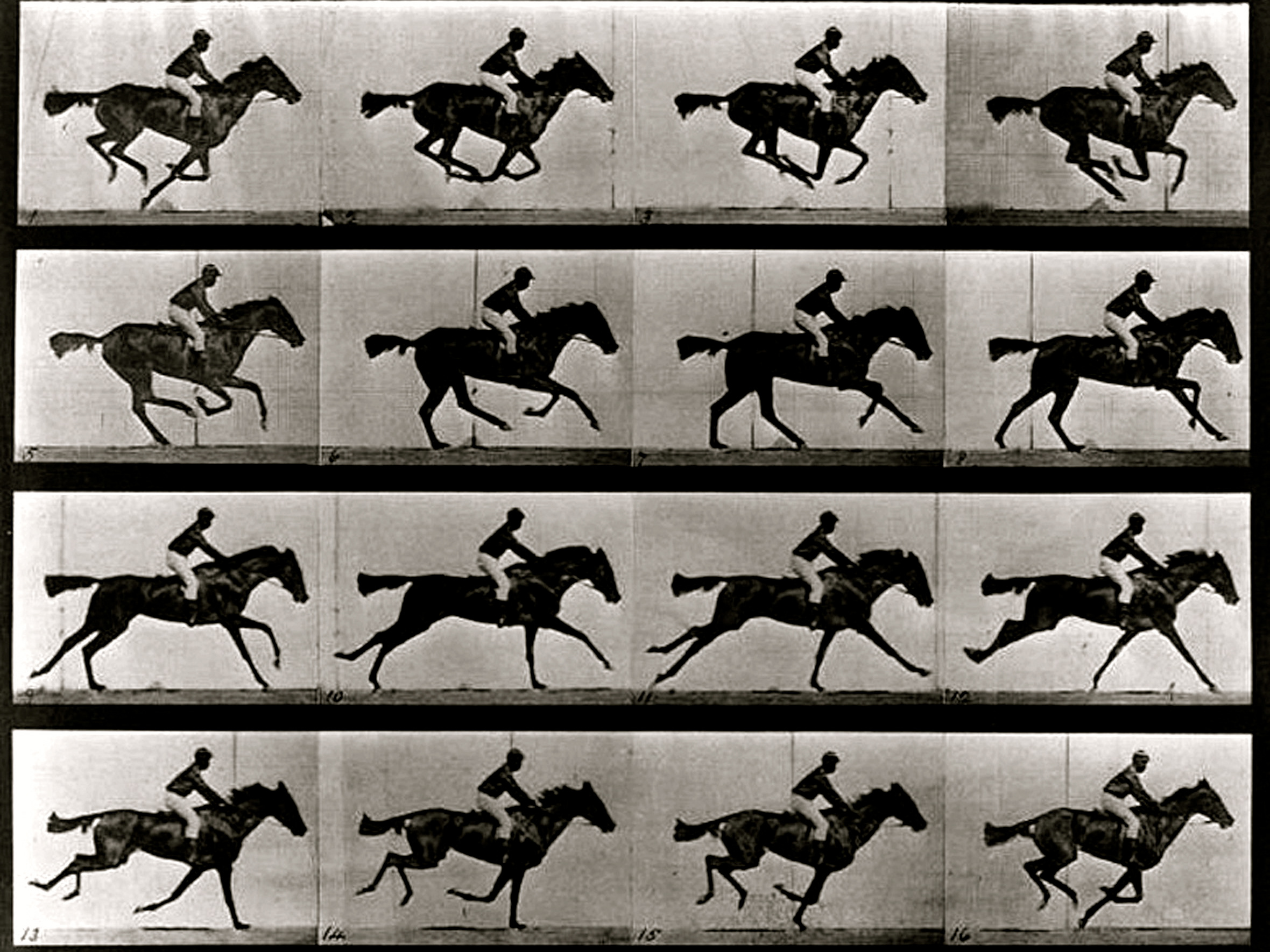The Four Square Exercise
Les Yeux Du Chat - Odile Pinto-Corbin
Information on the painting is limited as it is not a very well-known artist, however it was made this year (2025). To me it reminds of the work of the post impressionism movement similar to the piece “Sunday Afternoon on the Island of La Grande Jatte” by Georges Seurat. The artist seems to explore ideas of preying and mystery, and the artists does this through the intentional depiction of the cat as well the environment it is in making it look out of place but also ready to attack.
The artwork demonstrates strong compositional choices through balance, Focal Points and Emphasis, Movement and Rhythm, Use of Space (Positive and Negative), Contrast and Unity, Perspective and Depth.
The composition achieves an asymmetrical balance by the placement of the dark cat on the left side of the piece neutralized by the trees which are more on the right side. So, while the placement of objects isn’t the same on both sides there is a visual balance. Cat holds the weight on the left and trees maintain the weight on the right.
The compositions emphasis is created by The cat being the darkest thing on the piece as well as its eyes are vivid green sticking out to your eyes making it the focal point. The contrast between the dark cat and the white snow also emphasizes this area.
The cat’s long body creates a diagonal flow that sweeps from the left to the right of the piece. This flow is also the sane as the natural flow of the snowdrifts, providing visual rhythm. The trees as well add balance to the composition
The piece uses strong negative space through the snow that functions as negative space which enhances a feeling of isolation and suspense. The cat’s dark body and the brown tree trunks act as positive space, giving the viewer visual anchors that guide the eye.
The artwork effectively contrasts warm and cool colors: the light blues and whites contrast with the browns. The cat’s dark silhouette interrupts the softness of the snow, creating tension.
Perspective and depth help the piece through the layering of snowdrifts and receding trees. The cat appears to emerge from the snow, reinforcing its presence as the primary subject.
A name for this compositional structure is “dynamic contrast” as the diagonal flow and the contrast are the main things that I feel contribute to the overall compositional success of the painting.
The artwork demonstrates strong compositional choices through balance, Focal Points and Emphasis, Movement and Rhythm, Use of Space (Positive and Negative), Contrast and Unity, Perspective and Depth.
The composition achieves an asymmetrical balance by the placement of the dark cat on the left side of the piece neutralized by the trees which are more on the right side. So, while the placement of objects isn’t the same on both sides there is a visual balance. Cat holds the weight on the left and trees maintain the weight on the right.
The compositions emphasis is created by The cat being the darkest thing on the piece as well as its eyes are vivid green sticking out to your eyes making it the focal point. The contrast between the dark cat and the white snow also emphasizes this area.
The cat’s long body creates a diagonal flow that sweeps from the left to the right of the piece. This flow is also the sane as the natural flow of the snowdrifts, providing visual rhythm. The trees as well add balance to the composition
The piece uses strong negative space through the snow that functions as negative space which enhances a feeling of isolation and suspense. The cat’s dark body and the brown tree trunks act as positive space, giving the viewer visual anchors that guide the eye.
The artwork effectively contrasts warm and cool colors: the light blues and whites contrast with the browns. The cat’s dark silhouette interrupts the softness of the snow, creating tension.
Perspective and depth help the piece through the layering of snowdrifts and receding trees. The cat appears to emerge from the snow, reinforcing its presence as the primary subject.
A name for this compositional structure is “dynamic contrast” as the diagonal flow and the contrast are the main things that I feel contribute to the overall compositional success of the painting.




